The Amazing Engineering of Ancient Roman Roads
In 1810, by which time he had built an empire that spanned most of continental Europe, if the Emperor of France, Napoleon Bonaparte, wanted to get a message from Paris to Rome, he couldn’t send it any faster than the Romans were able to nearly 2,000 years ago.
By the first and second centuries AD, at the height of its empire, Rome had created a network of roads across Europe, the Levant, and North Africa, which allowed people to travel as fast and efficiently as was possible before the advent of steam engines.
Here we examine the impressive engineering feat that was the Roman road network.
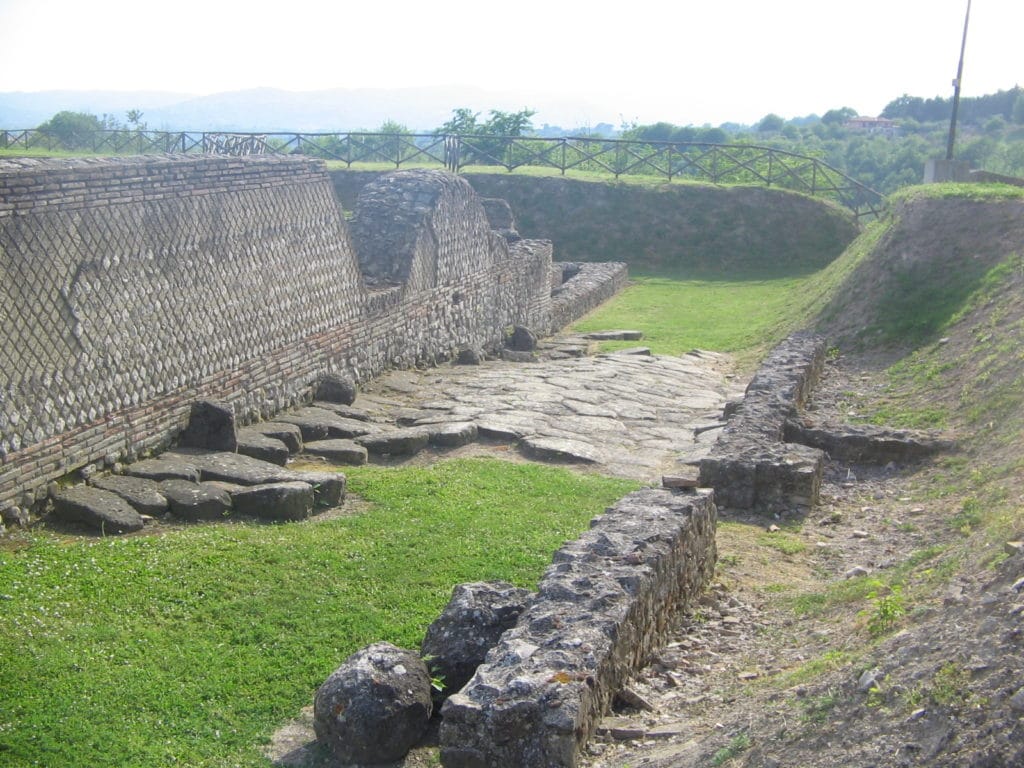
What Were Roman Roads Like?
The Roman roads were built uniformly, with the parameters varying depending on whether they were main arterial roads connecting substantial towns and cities or regional roads.
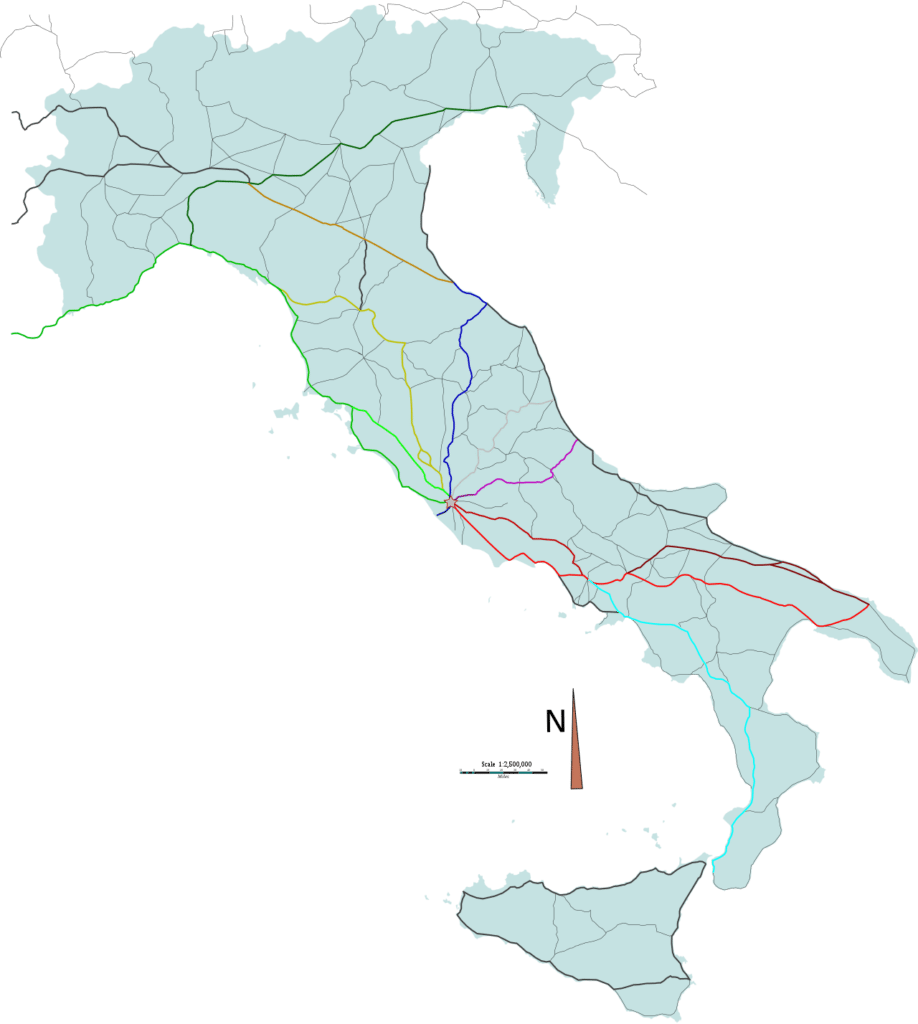
The viae publicae or public roads were the more substantial, often up to seven meters wide. These were for heavy traffic and, notably, for the legions to be able to march quickly between provinces. Consequently, these were often referred to as viae militares, meaning military roads or ways.
On the other hand, there were also much smaller roads, variously known as the viae rusticae or viae agrariae, effectively meaning rural roads or farming roads.
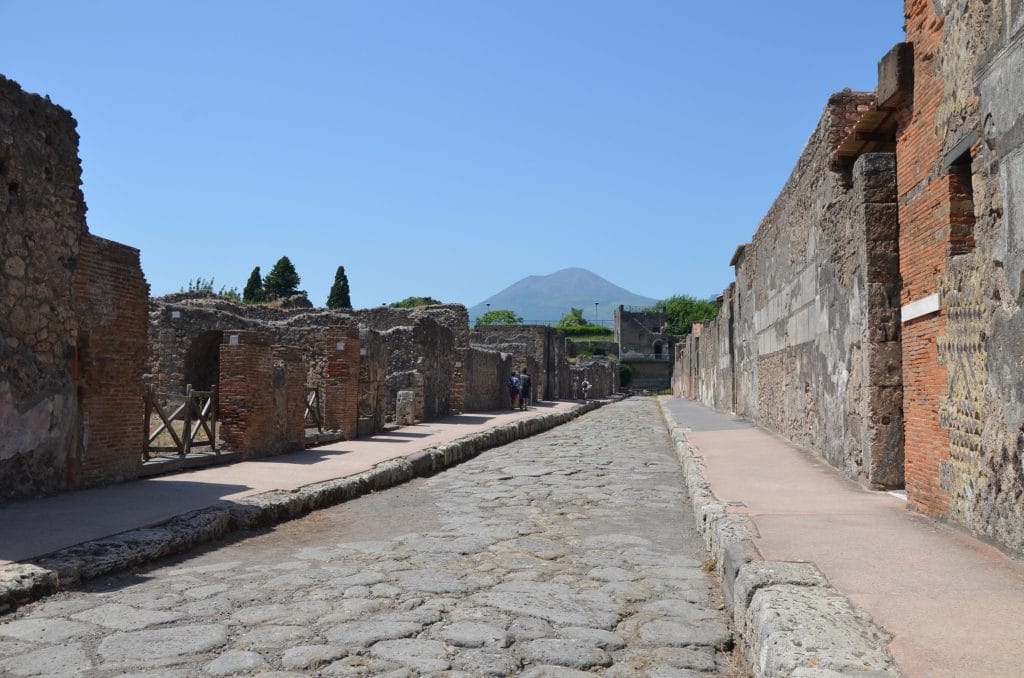
Depending on the exact purpose of these smaller roads, they could be as narrow as a meter and a half but usually measured somewhere between three and a half meters.
The intention here was that these would be wide enough for a horse or a horse-drawn cart to pass along.
How Were Roman Roads Built?
Roman roads were built with an under-layer of crushed rubble, placed on leveled-out and flattened ground to eliminate bumps and undulations. This made for a nice, smooth pathway that had the advantage of efficiently draining water off.
On the more regional roads, this might have been the top surface of the road, but larger public roads were paved and filled in using concrete.
The Romans were highly skilled in engineering. They carried out these processes only after they expansively surveyed the area to determine the best sites to build a road.

Throughout the construction process, a very precise layering of different-sized stones and materials was laid in place and then compacted to ensure the road was as securely built as possible.
When it was finished, edge stones were placed along the sides of the road itself, and then a crepido or footway was constructed at a slight elevation from the road itself on either side. Thus, Roman roads also had curbs and footpaths.
Finally, a significant road maintenance system developed during the Republican period and expanded under the empire. This saw commissioners appointed to each province to oversee the upkeep of the roads in their areas.
The Appian Way
The Romans built many famed roads, but perhaps none was as central to the Roman identity and their history as the Appian Way.
This ran from Rome itself southwards along the coast of Italy to the town of Capua and then forked eastwards towards Brindisi in the southeast of the peninsula.
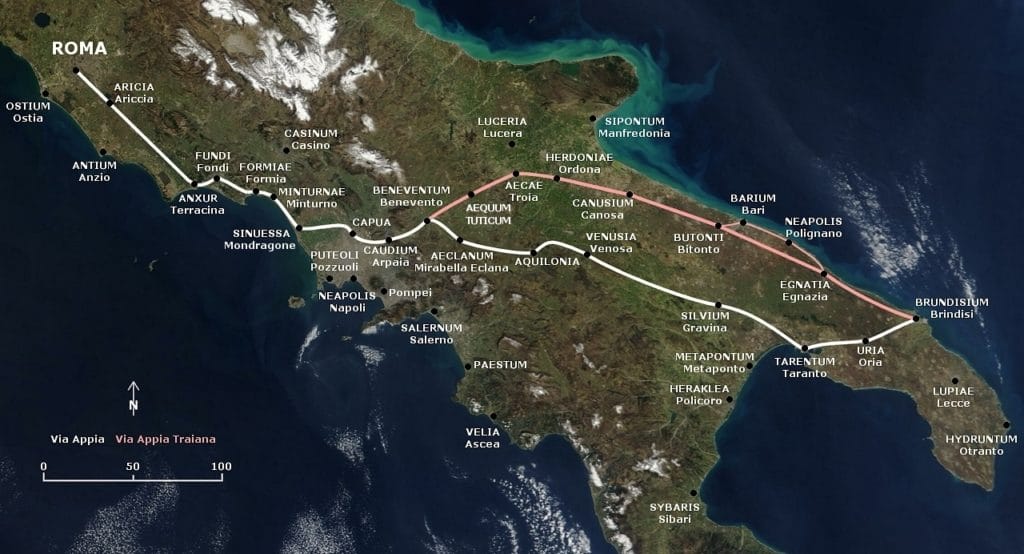
Like all Roman roads, it was named after the individual who oversaw its construction, Appius Claudius Caecus, a Roman censor who began constructing the road in the late fourth century BC.
The Appian Way played a significant role in Roman history. Spartacus and his failed rebellion were crucified along the road in 71 BC, and Julius Caesar during his conquest of Rome.
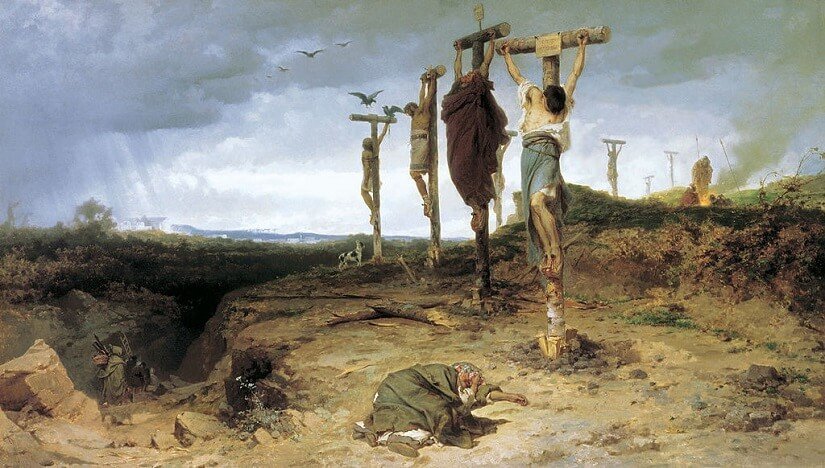
The Appian Way continued to be used by the Romans for centuries, a perennial reminder of Roman power and the empire’s meteoric rise.
It also became the road most traveled by the Roman elite in imperial times, as the Roman aristocracy began building villas and mansions outside Rome on the coast south towards cities and towns like Capua and Pompeii.
Services on the Roads
If one was going to travel along a road from Rome to northern Germania or from Alexandria in Egypt to Carthage in what is now northern Tunisia, there needed to be stops along the way.
Travelers might not have needed gas, but his horses needed to be fed and watered, and he needed to get supplies and possibly a bed to sleep in.
Such a traveler would have found plenty of places to find these services in the Roman Empire. On the main roads, way-stations called mansios were built every 25 or 30 kilometers.
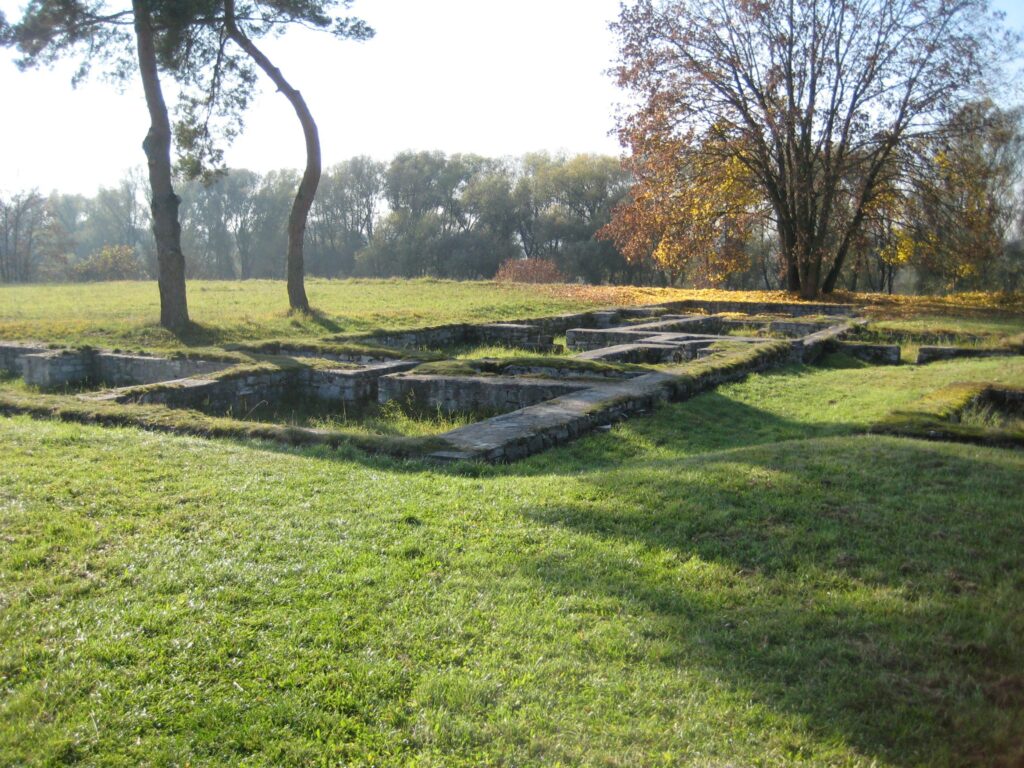
These were centered on taverns and hostels where people could eat and rent a room for the night.
These way-stations often developed into small villages, particularly along the busier roads of the empire, as wheelwrights, blacksmiths, veterinarians, and other professionals whose services were needed to repair carriages and tend to horses opened their businesses here.
Government-funded stables were kept in some of these way stations so that imperial messengers who needed to travel quickly along the roads could change horses quickly
In this fashion, news of an attack by a Germanic tribe on the northern border could be sent speedily sent south to Rome in just under two weeks.
The way stations also became locations at which the equivalent of Roman post-offices was established.
The Survival of the Roman Road System
By the empire’s peak in the second century AD, the Romans had built over 350 great roads. These connected all of the empire’s provinces and stretched out over 80,000 kilometers.
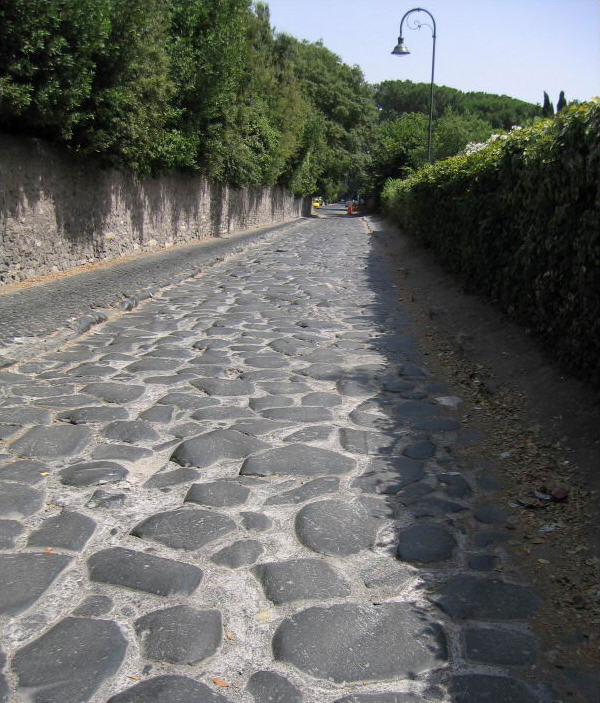
However, like everything else Rome established, the system of maintenance of the roads began to decline and then collapse from the third century AD onwards, as the empire entered a period of prolonged crisis.
As it did, travelers from Rome to cities like Augusta Treverorum or Lugdunum in Germania and Gaul would have noticed the paved roads were starting to show holes or bits of damage.
But, while they might have sustained some wear and tear over the years, the Roman roads survived well beyond the collapse of the Western Roman Empire in the fifth century AD.
Indeed, they continued to form the main travel routes for Europeans in Western Europe throughout the Middle Ages and beyond.
Today, many motorways and highways in Italy, France, western Germany, Britain, and Spain are built along the routes the Romans established two millennia ago.
Indeed this marks their road system as one of the incredible engineering feats of human history.
